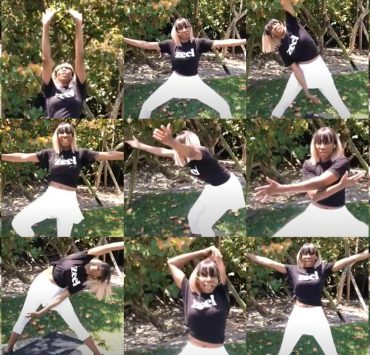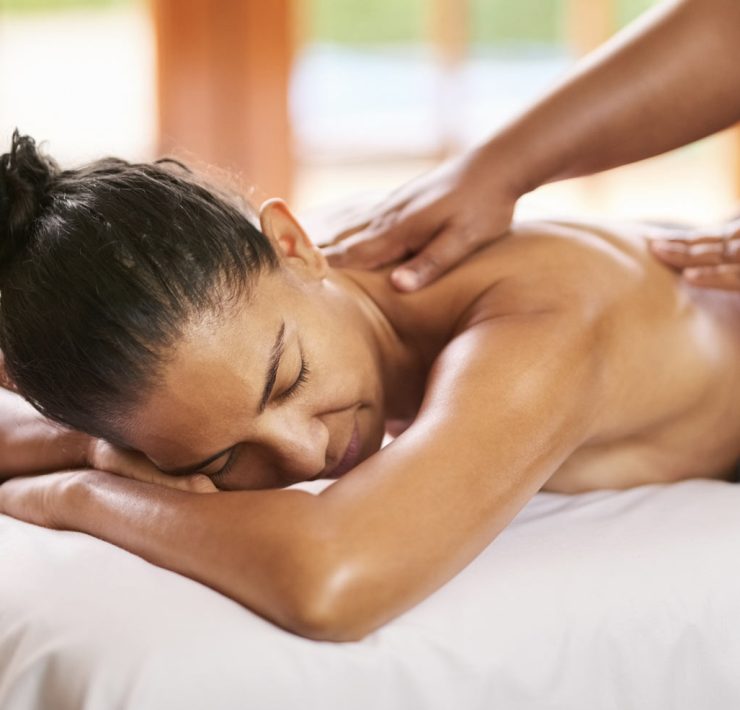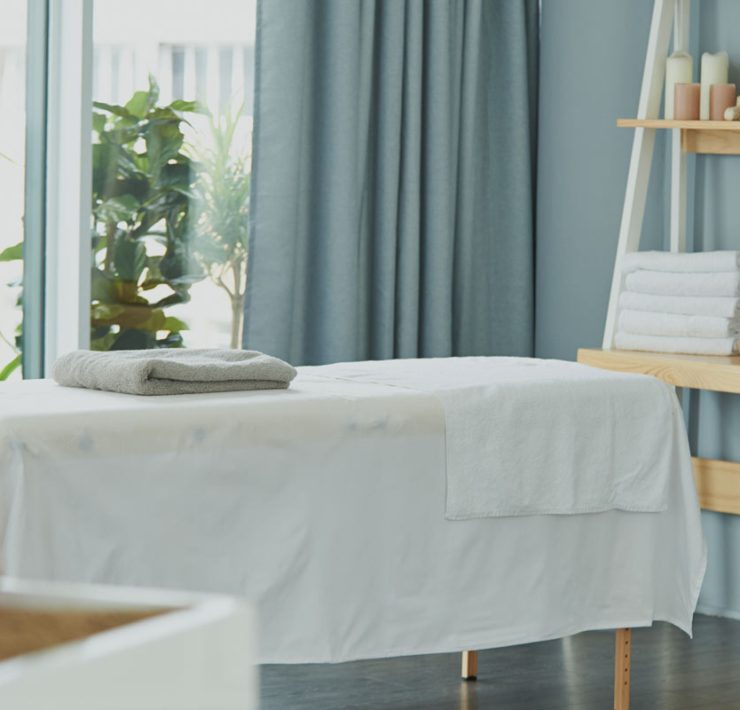We all live in our bodies, and our muscles are our key method of locomotion. We often hear our customers wish they could get a massage every day. If that’s not in the cards for you, it can be very effective to use equipment to treat your muscles, break up knots, boost circulation, improve flexibility, and generally keep your body from feeling like a lump of tissue and sinew crammed into a five pound bag.
There are two key wellness tools we can heartily recommend to everyone—the foam roller and the massage ball. If you’re an athlete or work out regularly, you’re probably familiar with foam rollers and massage balls, but even if the last time you worked out was walking to the refrigerator, you and your muscles will benefit from their use.
Foam rollers
So what is a foam roller? It looks like a cylinder, and is typically made of dense foam (hence the name). It is most often used on large muscles like leg muscles and the upper back. You use a foam roller by figuring out where exactly your muscles are sore (knowing that the answer might be “all of them”), lowering your body onto the roller, and rolling until you reach the sore point. Then go back and forth until the pressure is relieved.
Keep in mind that foam rolling is not always a comfortable process, exactly. It shouldn’t hurt, but the loosening of muscles and their fascia (the connective tissues surrounding your muscles that often hold them into knots) can be a little uncomfortable at times. Think of it as akin to a deep massage. Now, vibration technology has been added to the classic foam roller in the Vyper 2.0 by Hyperice, making foam rolling much more effective—it’s easier to relieve stiff joints and sore muscles, and loosen fascia through both vibration and pressure.
Massage balls
One classic exercise used by runners and others with aching feet, or foot conditions like plantar fasciitis, is rolling the sole of the foot over a spherical ball (like a tennis ball) to loosen up muscles and ligaments. Think of the ball technique like a micro-foam roller, or a kind of DIY trigger point massage therapy. Roll the ball around on sore areas of the foot, keeping in mind that as with any kind of massage, this shouldn’t be actively painful. This technique is also sometimes called myofascial release.
A massage ball takes this technique to the next level. Massage ball technology, such as that used in the Hypersphere and Hypersphere Mini from Hyperice, adds powerful vibration technology and an easy-to-grip silicone casing (tennis balls can slide on some surfaces) to allow enhanced therapeutic effects, leading to improved circulation, reactivated muscles, and reduced pain. Massage balls, because they are small and precise, can also be good for easing swollen ankles or tightness in the hips.
Wellness technology, massage, and assisted stretching
If you are booking massage and/or assisted stretching services in your home, you may wish to talk about foam rollers and massage balls with your providers. Providers can give you advice and tips on how to better use rollers and massage balls between treatments. In some cases, the massage therapist or assisted stretch coach will be able to incorporate vibration technology, such as the Vyper 2.0 roller or the Hypersphere massage ball, into the session itself.
The use of foam rollers and massage balls, whether enhanced with vibration technology or not, can be an invaluable adjunct to any health and wellness routine. Think of them as a multiplier for the effects of in-person massage and stretching—combining to keep your muscles healthy, strong, and flexible, and decreasing musculoskeletal pain and aches.
Marcy is the SVP of People and Communications at Zeel. In addition to overseeing the humans of Zeel, Marcy has written about workplace topics for more than 20 years both at Zeel and as VP of Content for Vault.com, a career information web site and publisher.







